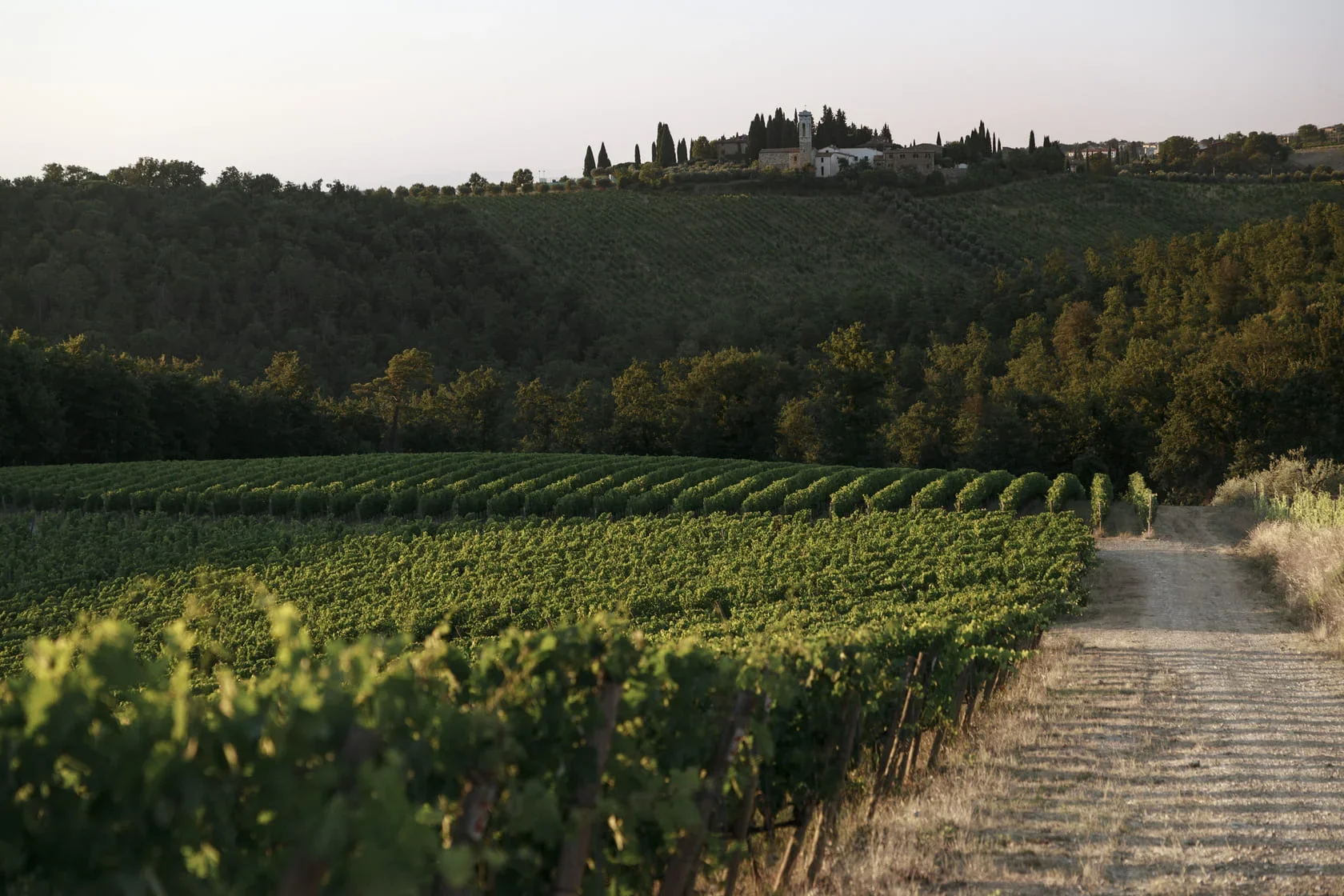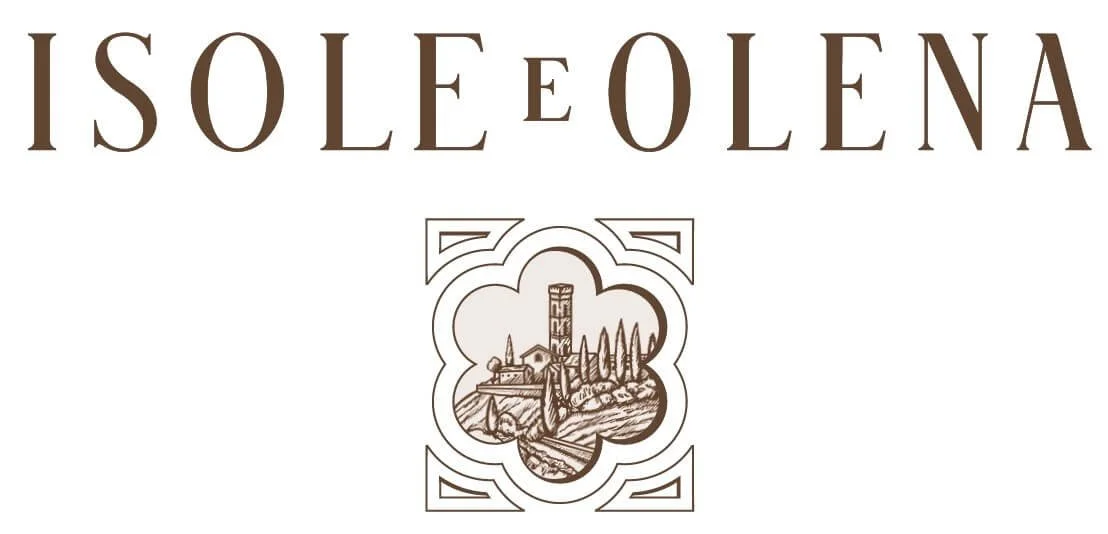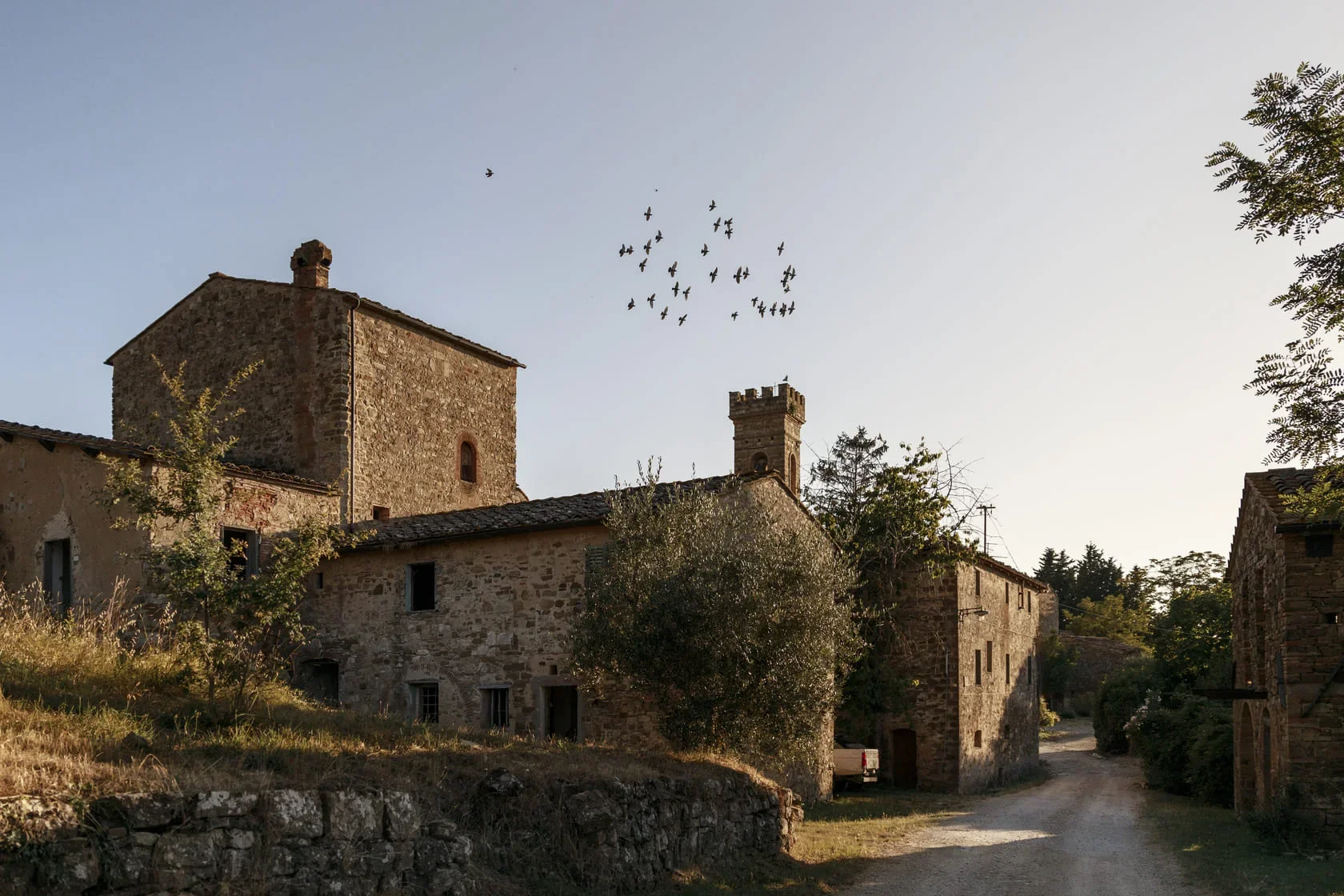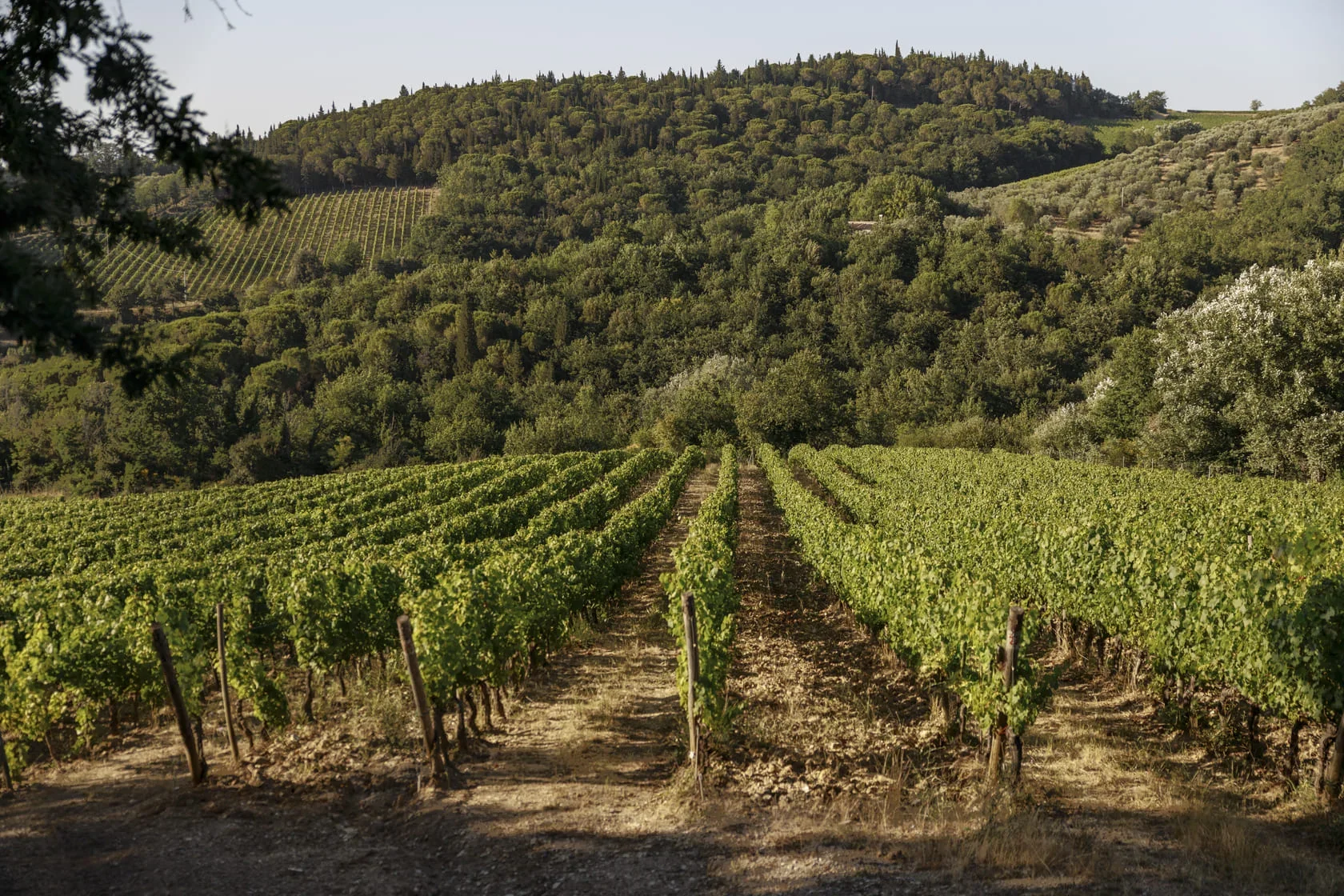Isole e Olena, Chianti, Italy
In the gently rolling hills of western Chianti Classico, Isole e Olena stands as a benchmark for authenticity, vision, and the enduring value of old vines. Founded by Paolo De Marchi’s family, and shaped by his pioneering approach, the estate has built its reputation on a profound respect for vine heritage and terroir expression.
From its earliest days, the management and enhancement of historic vineyard blocks has been central to Isole e Olena’s philosophy. The presence of old vines was one of the key factors in the estate’s acquisition and development under Paolo, reflecting his belief that exceptional quality lies in heritage plant material and site-specific expression.
These vines are valued not simply for the grapes they produce, but for their genetic and epigenetic legacy — a living archive offering resilience, adaptation and depth of character. Their survival and evolution are a unique legacy to preserve and build upon.
Under Paolo’s guidance, this philosophy evolved into a broader vision: to extend the lifespan of old vineyards while using them as a living laboratory for understanding how vines adapt to changing climatic conditions. Budwood from the oldest, most resilient vines is carefully selected for new plantings, ensuring that future generations inherit their natural adaptability and remain attuned to the land’s rhythm and balance.
The estate’s vineyard mosaic tells the story of this long-term commitment.
Among its most historic plantings:
Bacio and Solatio (1970) — 1.9 ha, Alberese soils, Canaiolo, Malvasia Bianca Lunga, Syrah. This is the estate’s oldest vineyard and provides foundational material for future clone selection.
Bibbianese (1987) — 5.49 ha, Galestro soil, Sangiovese, Syrah, Cabernet Sauvignon and Cabernet Franc. Here the very first massal selection of Sangiovese was carried out for the estate, forming the genetic bedrock of subsequent plantings.
Fraschette (1989) — 0.83 ha, Galestro-limestone soils, Sangiovese, at altitude (420–440 m). The first vineyard planted under the Chianti Classico 2000 programme, with clones selected for exceptional quality and longevity.
Chardonnay “Campacci” (1987) — 2.66 ha, Galestro-limestone soils, planted facing north (390-440 m). At a time when this exposure was considered extremely difficult, Paolo foresaw its potential; the vineyard today is considered visionary and a model for the estate’s white wines.
Paolo De Marchi’s insistence on the purity of Sangiovese, his systematic massal selection, and his mapping of site-specific soils marked Isole e Olena as a pioneer of quality in Chianti Classico. His long-term commitment to vine heritage and terroir-driven winemaking continues to shape the estate’s identity as one of Tuscany’s most iconic and influential producers.
Today, Isole e Olena remains true to its founding vision: safeguarding the land’s natural legacy, farming responsibly, and expressing the character of its vineyards with honesty and finesse. Its old vines are not simply remnants of the past, but living witnesses — deeply rooted in their terrain, adapted to its rhythms, and producing wines that capture both the history and the evolving future of Chianti Classico.




